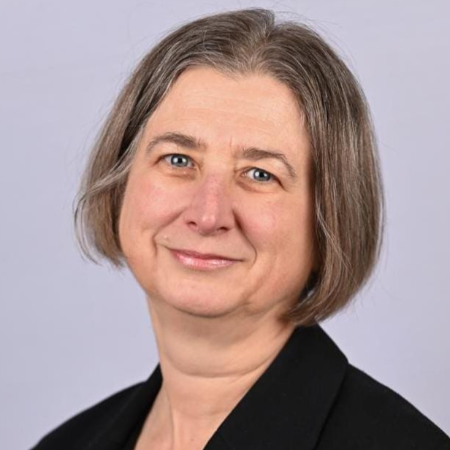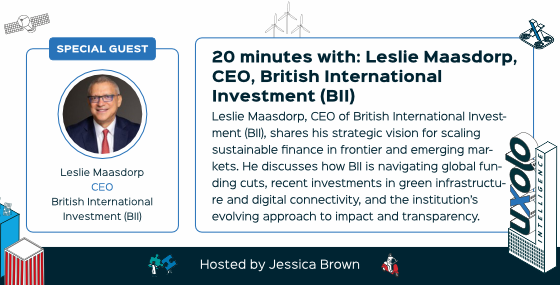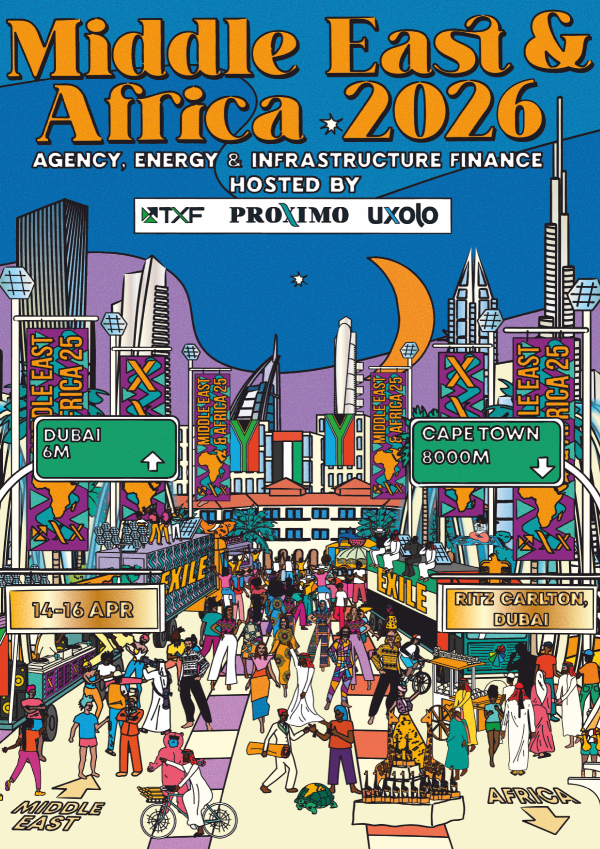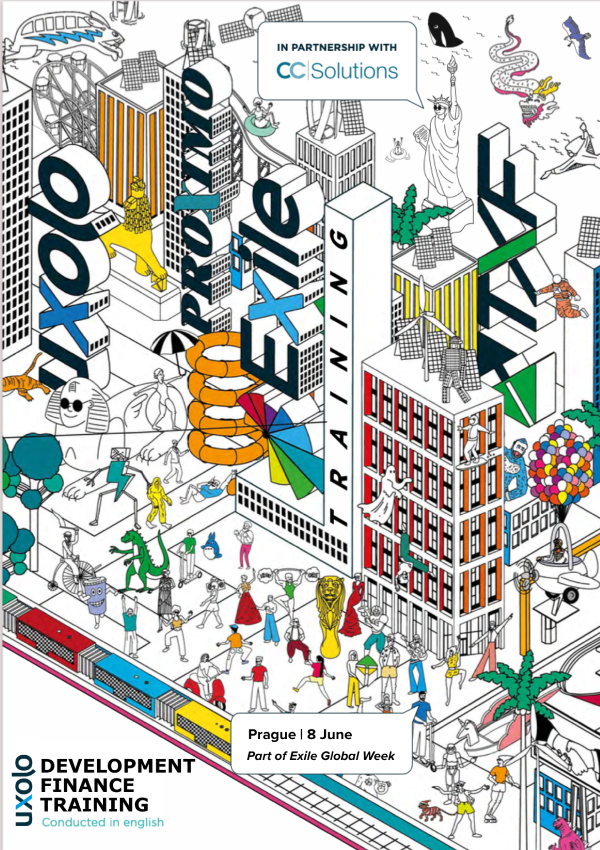Corporate perspectives: Jebsen & Jessen’s Schwartzhaupt on navigating shy investors through export finance
Ralf Schwarzhaupt, CEO, managing partner at Jebsen & Jessen Industrial Solutions, cautions that global uncertainty is making investors shy away from long term decisions. Regulation, the drift away from level playing fields in ECA financing, and banks being bottlenecks to refinancing also matter. Even so, export deals are getting structured, particularly in Africa. Pragmatism and flexibility are key to navigate through complexity and uncertainty.

Uxolo: What’s the current state of the export market from your perspective – where are the headwinds, and how are you responding?
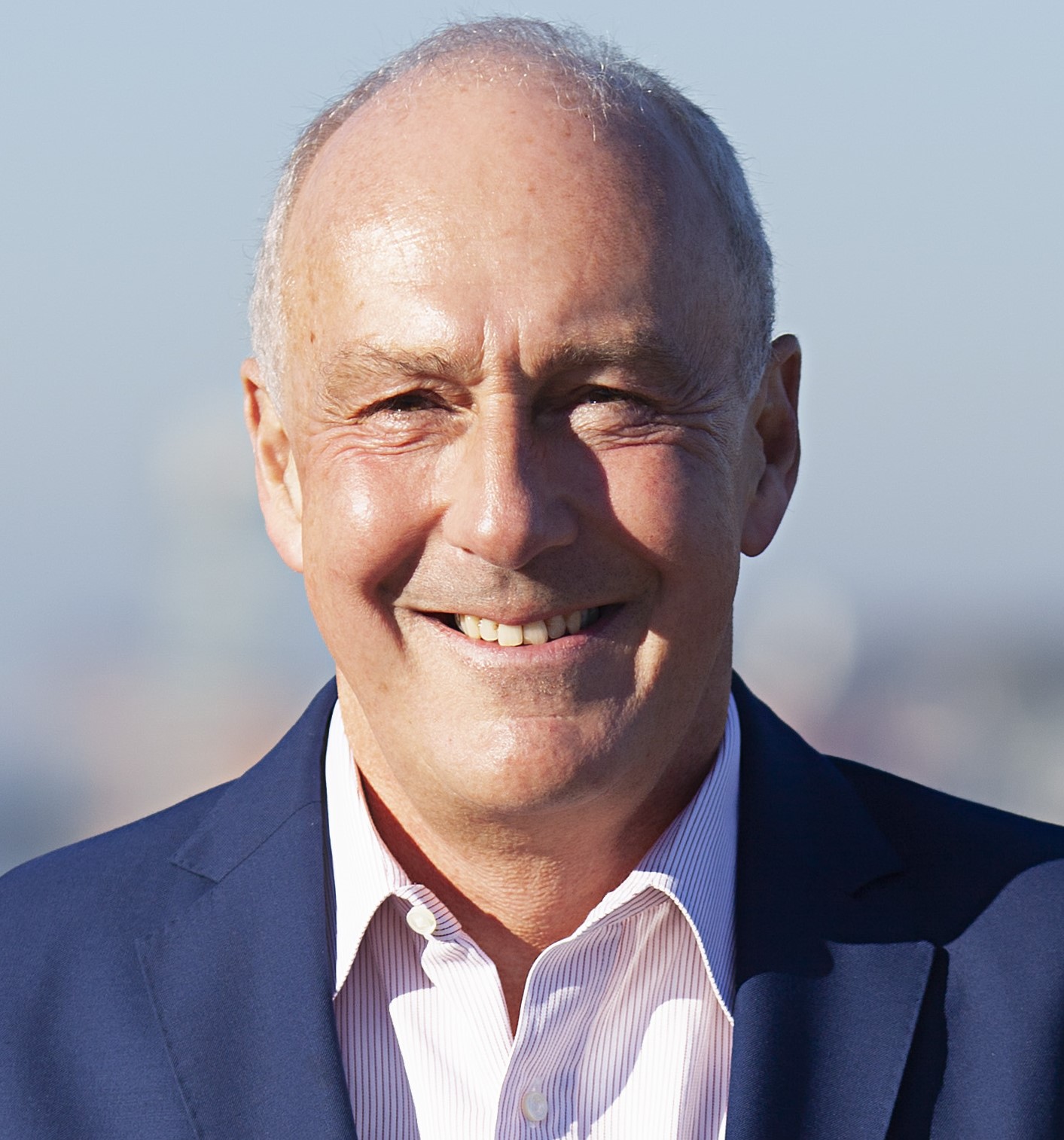
Ralf Schwarzhaupt (RS): I’m not speaking from the perspective of a typical exporter. At Jebsen & Jessen we export our investment goods and products, but we also act as a facilitator on behalf of banks, sponsors and investors, in structuring and bundling the entire equipment and service package.
From the perspective of what’s happening with investment goods and ECA covers for the capital expenditure financing side of the business, rather than short term trade (which carries some ECA components), the biggest issue facing the market is uncertainty about the global market environment. Much of that relates to the aftermath of the Russian attack on Ukraine, but additional uncertainty relates to economic uncertainty in China and the Trump administration and the direction the US is taking with tariffs.
If there is uncertainty about where in the world you can export to and what the framework is going to look like in six or seven years, which is the investment decision horizon, whether that’s exporting into the US, or Europe where there may be spillover effects or quotas. There is a lot of uncertainty relating to free trade.
Many investors we talk to, many principals, are shy and have put investments on the backburner and are postponing until they have a better understanding where the US is going in particular – and China, and India.
Uxolo: What are the real challenges facing successful deal structuring with ECAs and banks – is it all about uncertainty then?
RS: Regulatory requirements are also one of the biggest challenges, and that’s affecting minimum thresholds for financing investments. Ten years ago, bank minimum requirements were $10-15 million per transaction. If banks are candid today, anything below $50 million is probably not lucrative enough because of KYC and anti-money laundering and other regulatory requirements.
Also, there are other spillover effects from US policy. In Africa, for instance, USAID withdrawal will have consequences on many local countries – on food, on healthcare. To substitute that aid has a direct impact on hard currency reserves, and this makes it even more challenging for our ECA covered business.
Uxolo: What’s the corporate perspective on the evolution of multi-ECA and multi-currency transactions?
RS: This relates to the really large-scale projects – those of $500 million and above. We have a number of three digit million transactions with multiple ECAs that we actually structure and we see a requirement for those multi-currency multi-ECA transactions even in Europe. That’s because the biggest OEMs produce all over Europe. They also produce in China and India. To them, it doesn't really make too much of a difference from a financing perspective, where they produce. But from a cost perspective, it certainly does. That said, this puts a stronger emphasis on multi-ECA structured facilities, at least for large scale projects.
Uxolo: How is the ECA product suite evolving and what’s missing?
RS: There’s been a lot of innovation in the past five years by European ECAs in particular. SACE and its Push facility, Bpifrance’s Pass Export which requires a much lower percentage of French content and Euler Hermes with its Flex and Cover initiative. I don't think there's too much missing.
However, what would be on our wish list, and that of other exporters and manufacturers, relates to the loss of the ‘level playing field’. I started my ECA career in the mid 1990s structuring buyers’ credits at a bank. Back then, the biggest issue of all was the OECD Consensus. The level playing field. Everyone with the same rules and regulations and no subsidies.
That’s changed and today we're in a race to see who does more, who does it better and who jumps higher. That’s not always to the benefit of the exporter, to the manufacturer. Quite the contrary.
If you look at the Push facility, and the other untied structures, they have lost the link where the footprint is the manufacturer. It's not the production and export of any given country's investment goods and technology. Looking at the products of the ECAs and the banks’ credit appetite today, there is a bit of disconnect compared to the roots and initial foundation, namely the underlying technology and the origin of the manufacturer and the product. And that's a concern. We would like to see a broader return to consensus, the level playing field [among OECD countries] and the underlying assets.
Uxolo: Some corporates argue that ECAs should offer tech risk cover, particularly in the sustainability space on new technologies. Do you?
RS: It may not be a popular opinion but if a core element of my function as a manufacturer is software and technology, I wouldn’t like tech risk to be taken by ECAs, and I’d be surprised if any manufacturer would. The entrepreneurial risk associated with core technology and the performance of the machinery and equipment of the manufacturer cannot be mitigated to a third party and should remain the sole responsibility of the OEM.
When it comes to new technologies and interface risks such as combining solar/wind/hydro/hydrogen and storage to the grid, ECAs stepping in and providing tech risk cover would help.
Looking at it from that angle, when talking about mid-sized EPC engineering companies – and there are only a few of them left in Europe – they carry a fairly high risk/exposure on advance payment guarantees or performance, that could be an area where ECAs can help.
Euler Hermes for instance is supportive of that as they can help EPCs by reassuring advance payment guarantees that have to be issued, covering 80% while the bank of the EPC’s exporter only covers the 20% residual risk
Uxolo: Would you describe your dealmaking style as pragmatic? Can you give a practical example of where you ‘rolled up your sleeves’ to get a complex EPC/ECA deal done?
RS: I would consider ourselves pragmatic and flexible, but we are best known for our commitment and competence when dealing with exotic and complex transactions that need tailor made solutions. That’s when most banks and investors approach us.
As an example, at the peak of the pandemic, we were asked to structure and execute the ECA financing of a large industrial plant in the Middle East. We had to overcome a volatile soft commodity market, cost overruns of the equipment, coordinate 50 plus suppliers/manufacturers that we put under one frame contract, replace two banks and put together a new consortium, disrupted supply chains and production times that doubled out of nowhere. Wire to wire, this project has now taken more than seven years and finally, the plant will be commissioned in a few months. Such transactions require a lot of pragmatism, commitment, experience and resilience!
In another example, a customer had income in US dollars, but bought equipment from multiple smaller European based mid-cap suppliers, who had their contracts in euros. The financing was dollar denominated but the bank did not want to have a second tranche in euros because it didn't meet its minimum requirements. The customer was concerned that the US dollar would depreciate against the euro, giving them a major exposure on euro denominated purchases. We provided the smaller suppliers with hedging facilities. That was beyond our typical scope, but it was well worth the effort, considering the current euro / US dollar exchange rate.
Uxolo: How do you manage risk mapping in complex multicurrency/multi jurisdiction deals, and how is it impacted by your bespoke approach, particularly in relation to local content requirements?
RS: We have clearly defined risk guidelines and procedures and ‘do’s and don’ts’. In particular, anything that relates to local content and services is always a yellow flag because it carries tax implications especially for our customers. We have our internal legal and compliance department which gets involved as there is a strong risk for any manufacturer that is also in charge of commissioning machinery and equipment of running into a permanent establishment risk in any given country.
We provide tax support on these considerations as we've built up more than 30 years expertise and we know where there may be a VAT or GST risk issue locally. It is part of our DNA, our experience and the support we provide.
Uxolo: How is demand changing in developed versus developing markets?
RS: TXF statistics on deal volumes in the developed markets are consistent with our experience. The biggest transaction for us last year was a three digit million transaction into the US. Growing demand for ECA financing in developing countries is owed to bank regulatory requirements, risk weighted assets (RWAs) considerations, and how they have to be priced. As a result, banks have become more stringent and margin requirements have become almost excessive for standard long term bank financing of capital expenditure.
ECA financing of investment goods, even in developing countries, has become more lucrative for investors as they can provide longer terms. Try to find a bank that’s willing to finance investment goods on an uncovered, unsecured basis, for tenors of 10,12, 14 years, it’s too expensive. Replace that almost unsecured lending with ECA structured financing and it makes a whole lot of sense also for the investment in terms of tenors and margin expectations.
Uxolo: You mention tenors. Many in the market had assumed that demand for longer deal tenors was inevitable, particularly given OECD Arrangement changes. Are deal tenors likely to stay short?
RS: There’s a lot of motivation for ECAs to offer longer terms on the renewable energy side to make sure amortisation matches the cashflow side of the business. However, the banks are struggling to provide the financing as refinancing only allows them to go to shorter tenors. That’s the real issue. The programmes are there – such as from KfW here in Germany supporting banks going to longer tenors. The ECAs have done their homework and the framework is there, in particular for renewables to go to maximum tenors, but the bottleneck seems to be the refinancing side of the banks.
Uxolo: What is your pipeline looking like?
RS: Your data supports our experience that there’s more business going to developing countries. Interestingly enough, however, our pipeline is steadily growing in Africa and the Middle East. We see this trend continuing, as many key accounts continue to explore investment opportunities in Sub-Saharan Africa.
Uxolo: Are you still optimistic on areas where others have noted some easing off?
RS: Yes. There is a saying that the clock ticks much slower in Africa and it is true. There's volatility and there is political uncertainty. It does take more time, but overall, we’re still pushy on Africa.
